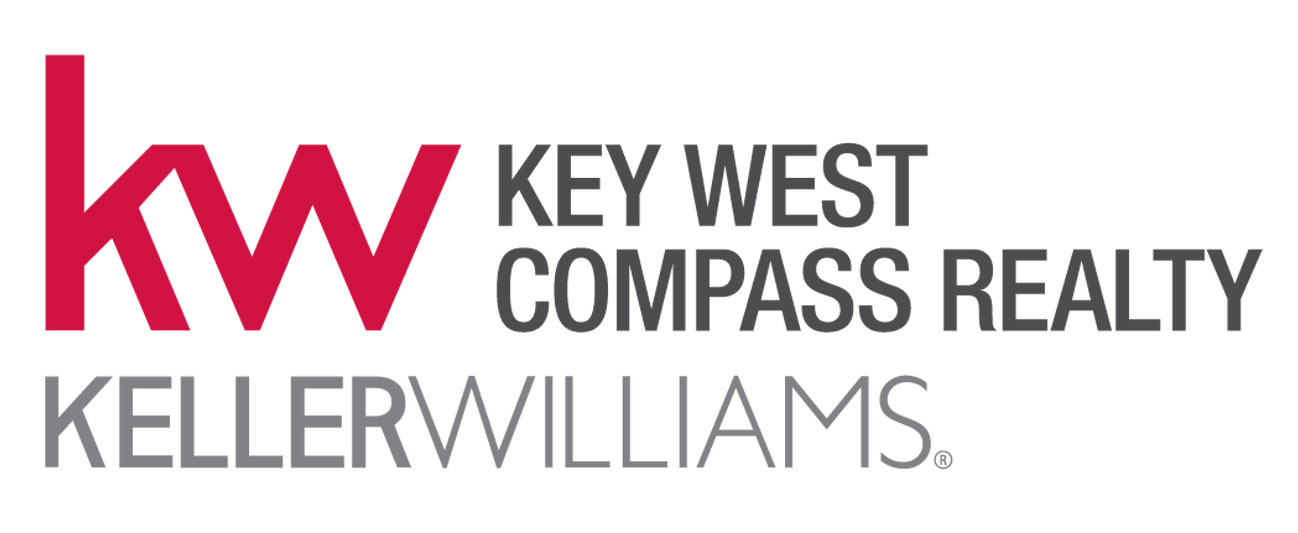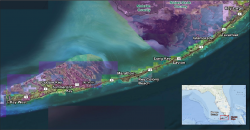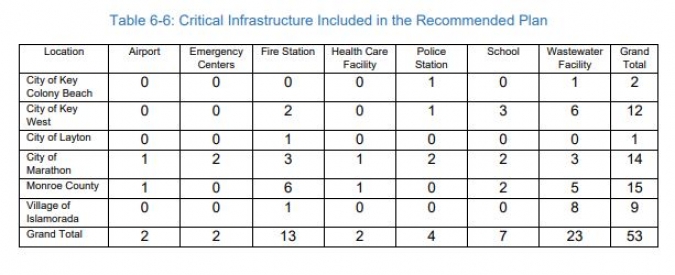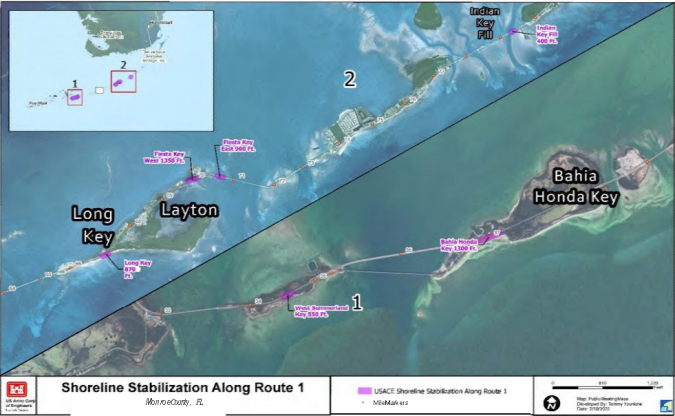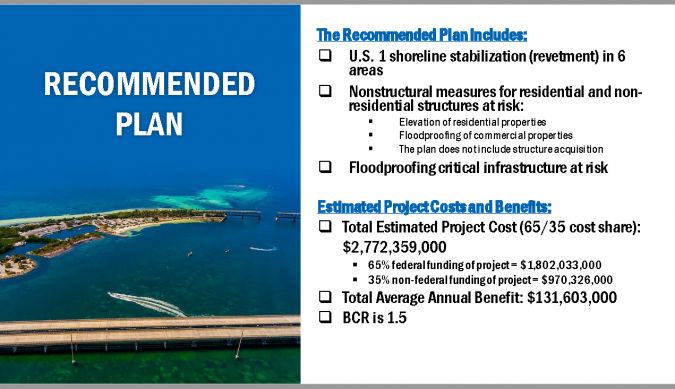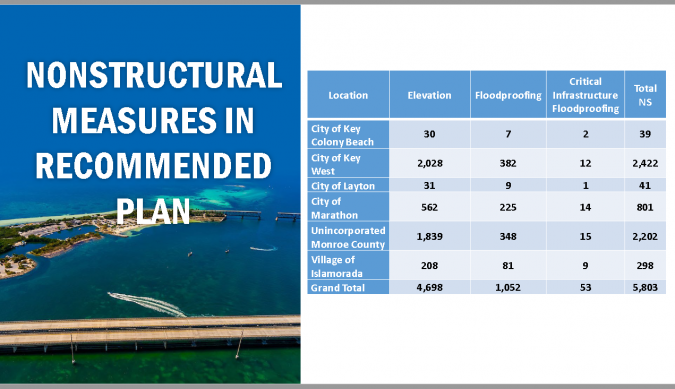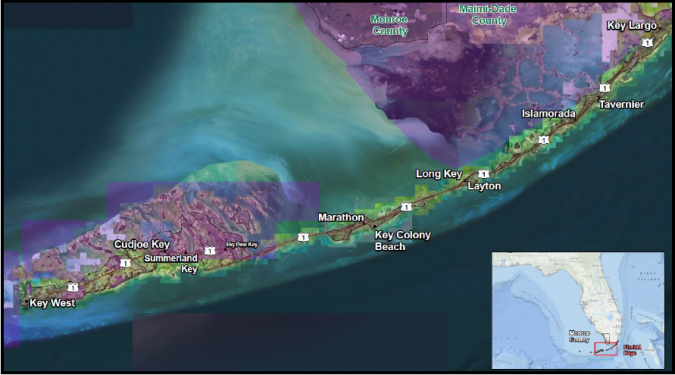Beginning in October 2018, the U.S. Army Corps of Engineers (USACE) began studying the best engineering techniques needed to protect the lives and property of Monroe County residents from the effects of coastal storms. The $3M study, covering a 50 year (2035 - 2084) period of analysis, was signed by the Commanding General of USACE in October 2021 and is now making its way to Congress. Let’s examine some details:
Goals and Objectives
The Coastal Storm Risk Management (CSRM) study began in October 2018 and addressed three main areas:
- Evacuation route (US Route 1) protection
- Critical infrastructure protection
- Structure damage reduction (Government and private property, non-residential and residential)
The CSRM study addresses the economic, environmental, and social effects specifically limited to the effects of coastal storms that impact the Florida Keys.
Of note: Nuisance flooding outside of coastal storms and direct effects of wind associated with coastal storms were not considered in the development of alternatives.
If the project is authorized and funds are appropriated by Congress, the federal government would provide 65% of the funding, and a non-federal sponsor that would provide 35%. Monroe County is the non-federal sponsor and has been the liaison to the five municipalities within the Florida Keys.
The CSRM study has developed a Recommended Plan with an estimated construction cost of $2.1Billion and 10 years to build. The Recommended Plan and the $2.1B assume 100% participation of the structures and the total project cost that is ultimately authorized into law will be the estimated cost to implement 100% of the structures. However, implementation will be on a voluntary basis as structure owners are given the choice to participate or not in the project.
What does $2.1B Buy
To facilitate the study, Monroe County and its five incorporated municipalities; Islamorada, Layton, Key Colony Beach, Marathon, and Key West, were divided into 34 model areas. Dividing the County into model areas optimizes evaluation of flood damage by breaking the study down into areas having common storm impacts.
Note: Twenty-five percent of all structures and potential damage is concentrated within the City of Key West.
Eight Alternatives were evaluated, the 8th being No Action, with a focus on reasonably maximizing economic benefit and identifying a plan with a Benefit to Cost ratio (BCR) of at least 1.0. (1.0 means $1 of Benefit for every $1 in Cost). The selected alternative, Alternative 7, (Appendix C - Engineering, Page 59 of 87, Section 7.3.7) includes the three principle items as noted above; evacuation route protection (US1), critical infrastructure protection and structure damage reduction. The BCR for the Recommended Plan of Alternative 7 is 1.5; i.e., $1.50 in Benefit for every $1 in Cost.
In addition to the national economic development benefits of this flood prevention project, there are significant local economic benefits associated with such a project. The projected county-wide economic benefits are an estimated total of 18,607 full-time equivalent jobs, $1.1 billion in labor income, $1.2 Billion in value added output, and $2 billion in economic output into the County.
For all of the details, see Appendix C – Economics.
When does the Project begin and What really happens?
It is anticipated that the Recommended Plan of Alternative 7 would be authorized in the Water Resources Development Act (WRDA) of 2022. Funding in the WRDA would occur incrementally, beginning small and ramping up over time as the project proceeds. Once the Recommended Plan is authorized, Congress appropriates funds to begin the project, which could start by 2025. As Congress appropriates funds, Monroe County and its incorporated partners would also appropriate funds so that all participants proceed in unison. It is estimated the project could be completed by 2035. OK, but what does $2.1B actually buy?
1. Evacuation route protection through Shoreline stabilization (Appendix B - Engineering, Page 32 of 124, Section 5.4-10)
- In six different locations along U.S. Route 1, rock revetment structures ranging from 4 – 10 feet in height (NAVD88) will reduce risk of damage due to erosion and/or wave energy during a storm event. This shoreline stabilization is designed to reduce damage and risk of washout to a total of approximately 5,500 linear feet of roadway.
2. Critical infrastructure (Page 160 of 319, Section 6.4.2) protection through dry floodproofing
- Fifty-three critical infrastructure buildings (fire stations, police stations, shelters, water facilities …) were identified at risk to damage from coastal storms. Dry floodproofing (flood barriers, and sealants up to 3’ above ground level) will reduce the damage caused by storm surge so that emergency and critical services can resume more quickly after a storm event.
3. Structural damage reduction through Nonstructural measures. (Appendix F - Real Estate for your area; i.e., Key West).
- Elevate 4,698 residential and dry floodproof 1,052 non-residential structures at risk throughout Monroe County.
- Only single-family residential homes were considered for elevation. Commercial buildings, government buildings and non-single-family residential structures (apts/condos) were considered for dry floodproofing. Both floodproofing of non-residential and elevation of residential properties are voluntary.
- Buying a residential property and leaving the lot undeveloped is an option sometimes used by FEMA to mitigate flood risks. Acquiring a residential structure mitigates flood risk 100%; yet, acquisition can be extremely involved and expensive to the Federal Government and the non-Federal Sponsor (Monroe County). Acquisition was not included in the recommended plan because the study analysis showed that elevation would reduce structure damage in a more cost effective manner than acquisition for at-risk structures in the Keys.
Roughly speaking, with an estimated construction start in 2025, the schedule for completing these different components is:
- 2027 for the critical infrastructure floodproofing
- 2029 for the U.S. Route 1 shoreline stabilization.
- 2029 for the floodproofing of nonresidential structures
- 2035 for the elevation of residential structures
Remember, floodproofing and elevation of any and all structures is voluntary and owners of the structures included in the recommended plan may decide if they would like to participate in the project.
Environmental and Historic Structure Impact
To be sure, the environmental and historic structure impact for such a comprehensive and multi-year project was well scrubbed among a host of Federal and State agencies covering all species of birds, and land and sea animal and plant life, indigenous and migratory, and historic structures in Monroe County. Among the primary directives reviewed were:
1. National Environmental Policy Act
2. Water Resources Development Act (WRDA) of 1986
3. Comprehensive Environmental Response, Compensation, and Liability Act (CERCLA)
4. Uniform Relocation Assistance and Real Property Acquisition Policies Act of 1970, Public Law 91-646
5. Endangered Species Act of 1973
6. Fish and Wildlife Coordination Act (FWCA)
7. Clean Water Act of 1972
8. Coastal Zone Management Act of 1972
9. Coastal Barrier Resources Act (CBRA)
10. State of Florida’s Erosion and Sediment Control Designer and Reviewer Manual
11. Executive Order 12898, Federal Actions to Address Environmental Justice in Minority Populations and Low Income Populations
12. National Historic Preservation Act of 1966
In fact, by law and directive, Federal agencies must ensure that any action they authorize, fund, or carry out is not likely to result in the destruction or adverse modification of the critical habitat of a listed species. Four components comprised the analytical framework:
- The Status of the Species, the factors responsible for that condition, and its survival and recovery needs
- The Environmental Baseline, which analyzes the condition of the species in the action area,
- The Effects of the Action, which determine the direct and indirect impacts of the proposed federal action and the effects of any interrelated or interdependent activities on the species
- The Cumulative Effects, which evaluate the effects of future, non-federal activities in the action area on the species.
Please read Appendix D – Environmental for an extremely well written and comprehensive, species by species and action by action review of those measures authorized and not authorized for the preservation of animal and plant life in the associated Critical Habitat action areas.
Who pays and How much?
It is important to remember that this construction and cost-share agreement is between the Federal government, the USACE, and its non-federal sponsor, Monroe County. Monroe County is responsible for all follow on agreements and partnerships with the five incorporated municipalities in Monroe County. As the non-federal sponsor, Monroe County, is responsible for:
- 35% of the initial cost
- The annual operation, maintenance, repair, replacement, and rehabilitation (OMRR&R) of the completed project after construction, estimated at $161,000 per year.
- Lands, easements, rights-of-ways, relocations, and dredged or excavated material disposal areas (LERRDs) estimated at $50M. LERRD is a part of the initial $2.1B cost.
Before we continue an important Note.
$2.1B is the cost of the project as of October 2021. As this is a ten year project, the USACE builds in a cost+ factor that incorporates inflation, likely increases in the cost of material and labor and other experience-based factors to arrive at a cost for the COMPLETED project. This Completed project cost is still to be shared 65%/35%.
At Appendix I – Cost Engineering, page 46, you can read this cost+ factor as it is applied to the various components of the Recommended Plan. Overall, the USACE estimates a total cost+ factor of 31.8% which leads to a completed project cost of $2.77B. The 65%/35% split for this completed cost figure is estimated at:
1. USACE - $1,802,033
2. Monroe County - $970,326.
What about costs to Key West?
According to the USACE report, Key West contains 25% of the risk and 25% of the costs to minimize that risk; therefore, even though no correspondence has been sent from Monroe County to ANY of the incorporated areas of Monroe County, Key West could be asked to cover 25% of the completed cost, or roughly:
$2.77B x 35% = $970M x 25% = approximately $242M - where 35% ($970K) is the amount carried by Monroe County and 25% ($242K) is the amount that Key West might have to carry as its equivalent portion of the amount carried by Monroe County. Note: A closer look at the individual components of the project indicates that the final total cost will likely be less than presently forecasted. Remember the primary components of the project:
1. US1: Key West is not obligated for any of these costs
2. Critical Infrastructure: Of the twelve projects highlighted, Key West is responsible for two fire stations, one police station and six wastewater treatment plants. Ballpark cost to the City of Key West is $159K per project (likely less as these six wastewater treatment plants require minimum upgrades).
3. Commercial Properties: 382 floodproofing projects, at an average of $133K per building, individual property costs may vary.
4. Residential Properties: 2,028 home elevation projects at an average cost of $173K per home, individual property costs may vary.
Remember, property owners are not compelled to participate; all floodproofing and elevation projects are 100% voluntary. If the property owner does not wish to participate, then their property will not be floodproofed or elevated.
Conclusion
Storm protection, environmental concerns, Green initiatives and the safeguarding of life, livelihood and new and historic properties in the Florida Keys and Key West are not cheap and cannot be pushed off on to those who do not live here – neither tourists nor those who live elsewhere in Florida or in the nation. WE benefit from these many high profile quality of life issues and it is only fitting that we who receive and enjoy the bulk of the benefits should shoulder a reasonable burden in maintaining paradise.
This being said, the City of Key West and private property owners are receiving an excellent deal by having to pay just 35% of the cost of the project. By agreeing to have their properties and livelihood safeguarded, property owners will see their property values sustained and resulting flood insurance premiums minimized.
At this time there is no written direction from Monroe County to the five incorporated municipalities about cost sharing. As the project winds its way through Congressional approval and USACE gears up for the project, Monroe County will likely enter into interlocal agreements with the municipalities as sub-recipients to pass through the obligations for work and cost share. If and how the City of Key West passes any costs to the private sector is also unresolved; however, no matter how you cut the pie, this looks like a Big Win for Monroe County.
Thank you very much to these three professional project managers for undertaking this significant effort and for helping me to write this article:
- Rachel Haug, Senior Planner, USACE Norfolk, VA
- Rhonda Haag, Chief Resilience Officer, Monroe County
- Alison Higgins, Sustainability Coordinator, City of Key West
If you have any comments or questions, please contact me here.
Good luck.
Additional Resources:




